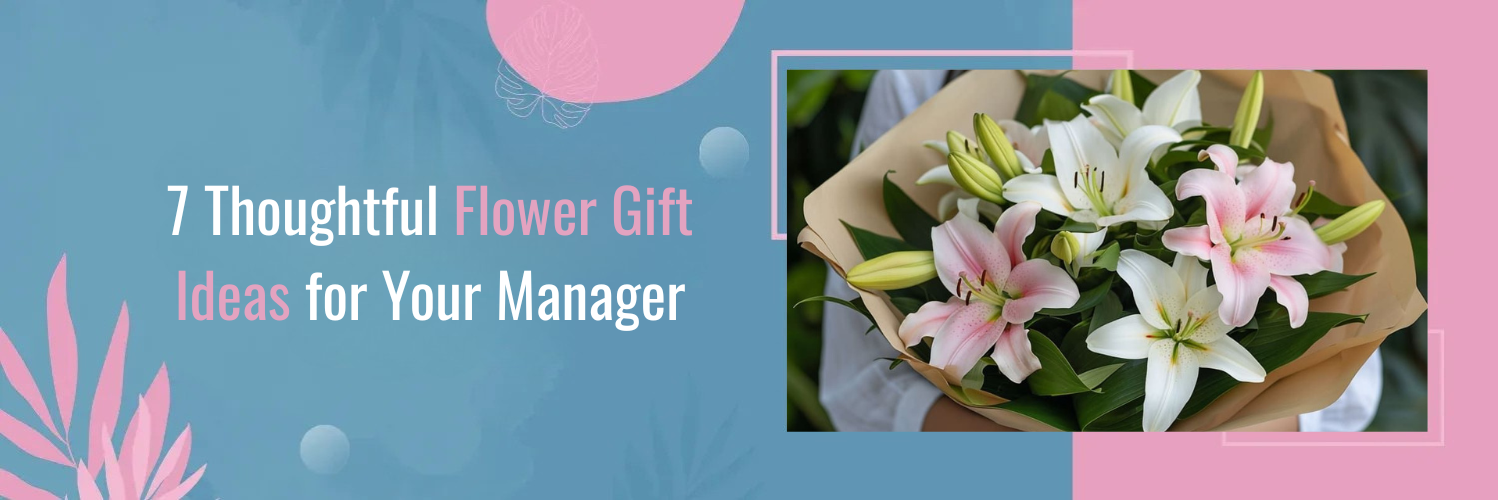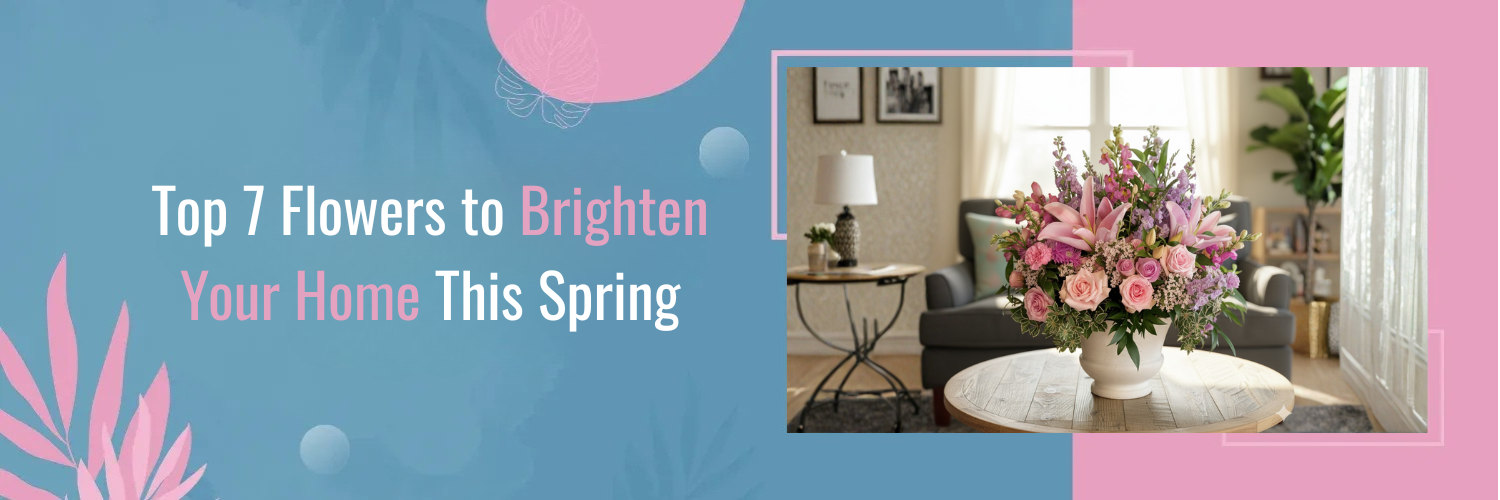The Art of Bonsai
The ancient art of Bonsai involves cultivating small trees that emulate the scale and shape of full-sized trees. This practice, originating from China and Japan, is not just about horticulture but also reflects a deeper philosophical essence, representing harmony between nature, soul, and man. As a beginner, you might be intrigued by the intricate beauty of these miniature trees and the serenity they bring. This article serves as your guide, highlighting the best bonsai trees for novices and diving into essential care tips.
What is Bonsai?
Bonsai, translating to “planted in a container”, is more than just a plant in a pot. It’s a culmination of techniques to produce a tree that reflects the majesty of its larger counterpart in nature. Historically, the Chinese first practiced a version called “penjing” around a thousand years ago, which the Japanese later adopted and refined into what we know today as Bonsai. Different cultures appreciate Bonsai for its representation of endurance, balance, and peace.
Why Choose Bonsai as a Hobby?
Embracing Bonsai as a hobby can be rewarding in several ways. The therapeutic benefits include mindfulness, stress relief, and improved focus, akin to a meditative process. From an aesthetic perspective, a well-maintained Bonsai is a piece of living art, constantly evolving and bringing a touch of nature indoors. Moreover, it fosters a deep connection with nature, teaching practitioners about plant growth, seasons, and the impermanence of life.
Bonsai for Beginners
Bonsai, the art of cultivating miniature trees in small containers, is an enchanting hobby that offers a world of natural beauty and tranquility to beginners. For those just starting their journey into the bonsai realm, it’s essential to understand that while it may seem intricate, bonsai can be an incredibly rewarding and accessible pursuit. Beginners should begin with hardy and forgiving species like the Ficus, Jade, or Chinese Elm, which are more forgiving of novice mistakes.
Learning the basics of pruning, wiring, and shaping is crucial, and there are numerous resources available, from books to online tutorials, to guide beginners along the way. Patience is key in bonsai, as these trees evolve slowly over time, but the satisfaction of nurturing a living work of art is well worth it. As you embark on your bonsai journey, remember that each tree has a story to tell, and it’s a journey filled with learning and appreciation for nature’s miniature wonders.
Key Factors for Beginners to Consider
Climate and Location
Recognizing your local climate is pivotal. While some Bonsai trees thrive in colder regions, others prefer tropical climates. It’s also crucial to decide between indoor and outdoor bonsai. Typically, tropical species like Ficus are more tolerant indoors, while temperate trees like Juniper favor outdoor environments.
Maintenance and Care
Every bonsai tree has unique needs. Watering requirements vary; while some trees prefer moist soil, others thrive in drier conditions. Over-watering is a common beginner mistake. Pruning is essential to maintain the tree’s shape and promote growth. Sunlight exposure is another key factor; most Bonsai trees require several hours of sunlight daily.
Growth Expectations
Contrary to some beliefs, Bonsai trees aren’t genetically dwarfed. They’re regular trees maintained in miniature form. The growth rate primarily depends on the species. However, patience is vital; bonsai cultivation is a slow, rewarding process, not a race.
Best Bonsai Trees for Beginners
1. Ficus Bonsai
Characteristics: The Ficus is distinguished by its robust thick trunk and the presence of aerial roots, creating a distinct and captivating look.
Care Tips: It thrives best when watered regularly, ensuring the topsoil dries out between sessions, and when placed in bright, indirect light.
Why Suitable for Beginners: Its inherent resilience makes the Ficus especially forgiving, allowing for occasional care mistakes that beginners might inadvertently make.
2. Juniper Bonsai
Characteristics: The Juniper stands out with its signature piney look, presenting flexibility in its styling options.
Care Tips: Best suited for outdoor settings, it requires direct sunlight and should be watered as the soil begins to feel dry.
Why Suitable for Beginners: Beyond its stunning foliage, the Juniper’s adaptability makes it a preferred choice for those new to bonsai cultivation.
3. Jade Plant (Crassula ovata)
Characteristics: As a succulent, the Jade plant showcases plump, green leaves anchored by a sturdy woody stem.
Care Tips: Given its drought-resistant nature, it’s essential to water it sparingly. It also thrives in environments with abundant sunlight.
Why Suitable for Beginners: Its ease of care and tolerance to drought make it an excellent choice for beginners.
4. Chinese Elm (Ulmus parvifolia)
Characteristics: The Chinese Elm is renowned for its intricate branches and finely detailed leaves.
Care Tips: It’s versatile, adjusting well to both indoor and outdoor settings. For optimal growth, regular watering and occasional pruning are vital.
Why Suitable for Beginners: Its adaptability, combined with its forgiving nature regarding care routines, makes it a favorite among novice bonsai enthusiasts.
5. Money Tree (Pachira aquatica)
Characteristics: Often associated with good fortune, the Money Tree has a distinctive appearance, often with braided trunks.
Care Tips: It favors indirect lighting conditions and requires a balanced watering routine, ensuring the soil doesn’t remain too wet.
Why Suitable for Beginners: Its hardiness and straightforward care requirements make it a hassle-free and auspicious choice for those starting their bonsai journey.
Tips for Successful Bonsai Cultivation
- Soil Selection and Fertilization: Bonsai trees don’t thrive in regular garden soil. A well-draining soil mix, specific to the tree type, is essential. Fertilization replenishes lost nutrients, ensuring healthy growth.
- Mistakes to Avoid: Bonsai cultivation is intricate, and errors are part of the learning curve. Key mistakes to sidestep include overwatering, overlooking pest infestations, and providing inadequate sunlight.
Conclusion
Bonsai cultivation is a journey of patience, learning, and profound appreciation for nature’s marvels. As you embark on this venture, remember that every tree has its rhythm, and the process, replete with its challenges, is as rewarding as the outcome. Choose from the trees mentioned, tend to them with care, and watch them flourish.
However, for those seeking a simpler yet equally stunning way to brighten up their homes or surprise a loved one, why not consider the timeless beauty of fresh flowers? At Bourkes Florist, we specialize in crafting exquisite floral arrangements that can effortlessly bring joy and elegance to any occasion. Whether you’re a beginner in the world of gardening or simply looking to send a thoughtful gift, take the first step today by ordering from Bourkes Florist. Let the vibrant colors and fragrant blossoms of our handcrafted bouquets speak the language of your heart and convey your sentiments. Order your flowers now and experience the magic of nature’s beauty delivered right to your doorstep.
FAQs
Q: How often should I water my bonsai tree?
It varies by species and environment. Always check the soil moisture before watering.
Q: Do bonsai trees need a lot of sunlight?
Most bonsai trees benefit from several hours of sunlight daily, but specific requirements vary.
Q: Can I grow a bonsai tree from a regular tree seed?
Yes, but cultivating from seed is a prolonged process requiring patience.
Q: How long does it take for a bonsai tree to fully mature?
“Maturity” is subjective in bonsai. Some trees can be styled within years, while others might take decades.
Q: Why are the leaves on my bonsai turning yellow?
This can be due to overwatering, inadequate sunlight, or nutrient deficiencies.




























